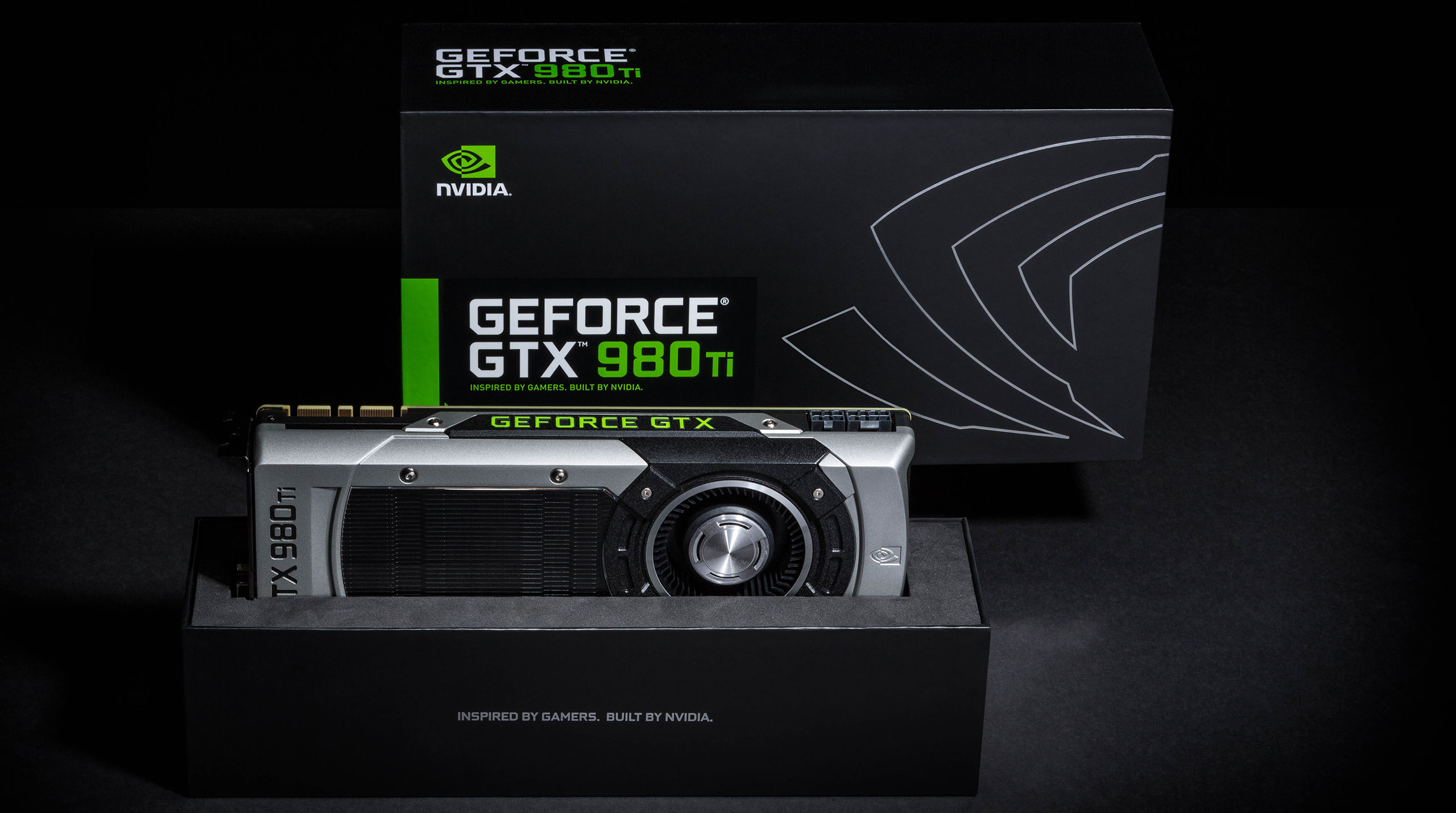GeForce GTX 980 Ti Overclocked

Is that shiny-new GeForce GTX 980 Ti not fast enough for you? Overclock it!
GeForce GTX 980 Ti is fast; this we know. And now that you’ve just spent $650 on your new "baby Titan X," what are you planning to do? Sure, you could play games all day, but we have other plans. With the initial review all wrapped up in a tidy bow, we wanted to soup up our hot rod and overclock the 980 Ti. So today, we’re sharing the results of our testing. Just to be clear, overclocking isn’t something to be done haphazardly. We noted in the review that bumping the GPU clocks by 10 percent and the GDDR5 clocks by 5 percent should be an easy and safe goal that any 980 Ti can attain. Turns out those are very tame targets, and now that we’ve had a couple of extra days of testing we’re ready to kick it up a notch.
The stock clocks on the 980 Ti are 1,000MHz core and 7,010MHz VRAM. We’re not trying to redline the card here, as fine-tuning to the ragged edge of stability takes more time, not to mention the variability between cards as well as games. Instead, armed with EVGA’s Precision X16 utility and with a knowledge of how well GTX 980 and Titan X overclock, we set our sights on settings that should be in reach of any well-cooled system. First, we set the power target to the maximum plus 10 percent (275W instead of 250W), as without increasing the power target we aren’t likely to see much in the way of performance gains. With that done, we pushed the throttle until we encountered turbulence, and then we eased off a bit and settled for a bump of 200MHz on the core and 800MHz (plus 400MHz in Precision X16) on the VRAM.
That represents a rather impressive 20 percent core overclock and an 11 percent RAM overclock—and since the core is likely to play a bigger role in most games we’re looking at, this represents as big of a jump as going from GTX 970 to GTX 980, or from the 980 to the 980 Ti. All for free, thanks to the magic of overclocking.
Except few things in life are truly “free,” and the cost with overclocking comes in two forms. First, no matter what anyone tries to tell you, there is always a bit of risk involved with pushing computer hardware beyond the prescribed limits. We’re all big boys and girls at Maximum PC, and more than willing to take that risk, but we have had components fail on us in the past. Never say “never.” The added stress on the hardware can also cause fans to fail sooner than they otherwise might—just ask any reformed Bitcoin miner how many GPU fans they killed. [Ed—For reference, in one year I managed to ruin both fans on four out of five dual-fan Radeon HD 7950 cards; then again, only one out of ten of my blower fans failed.]
The second cost is less of a concern for enthusiasts: power and noise. Power requirements scale linearly with clock speed and quadratically with voltage (P≈cV 2f). Since overclocking increases both frequency and voltage, power use can go up quite a bit. More power use means more heat to dissipate, so fans have to spin faster, and that makes your system noisier. It also means potentially higher electricity bills, but not as much as you might think. To wit, even if you use 100W extra and play games for eight hours every day for an entire year—as a pro gamer or living in your mama’s basement, we won’t judge!—that’s only $30–$60 for most US residents. Skip eating out a couple of times and you’re set. But we’ll check power requirements regardless.
The biggest gaming news, reviews and hardware deals
Keep up to date with the most important stories and the best deals, as picked by the PC Gamer team.
Jarred's love of computers dates back to the dark ages when his dad brought home a DOS 2.3 PC and he left his C-64 behind. He eventually built his first custom PC in 1990 with a 286 12MHz, only to discover it was already woefully outdated when Wing Commander was released a few months later. He holds a BS in Computer Science from Brigham Young University and has been working as a tech journalist since 2004, writing for AnandTech, Maximum PC, and PC Gamer. From the first S3 Virge '3D decelerators' to today's GPUs, Jarred keeps up with all the latest graphics trends and is the one to ask about game performance.


